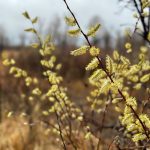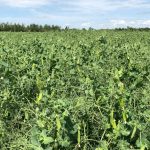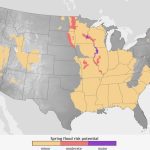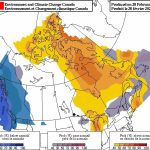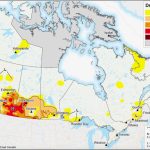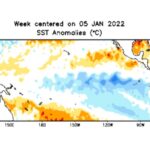As we begin the transition into spring, one topic often comes up: when will it really get warm? As most of us know, if there is snow on the ground, it is difficult to experience really warm temperatures. This is a result of two factors: the natural cooling effect of snow cover; and the bright



